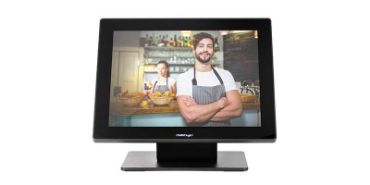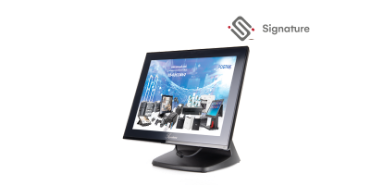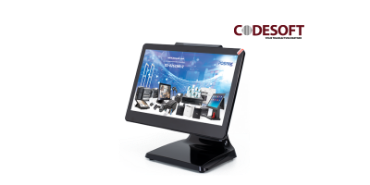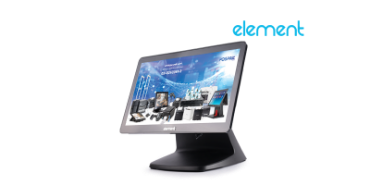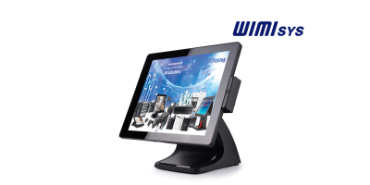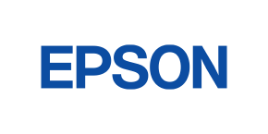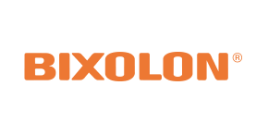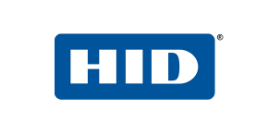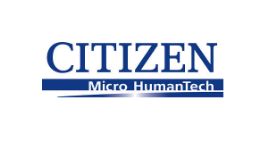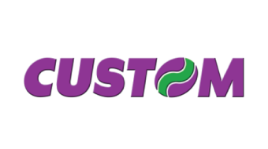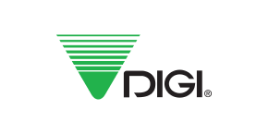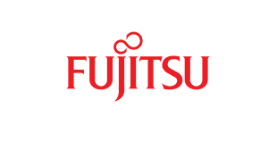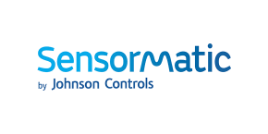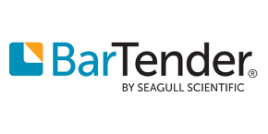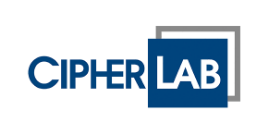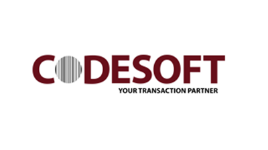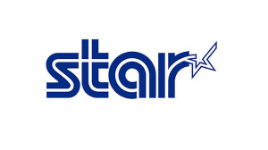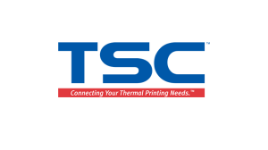You have no items in your shopping cart.
POS Computer Machine
Point of Sale (POS) system is a system used for managing sales and transactions at retail points of sale, which enables businesses to efficiently process payments from customers and track sales data. POS systems have become the heart of front-end operations, not only facilitating quick and easy payment but also assisting in inventory management, sales data analysis, and customer service.
Main components of a POS system:
Hardware
- Computer or Tablet: The primary device used in managing POS software and processing transactions.
- Credit Card Reader: Used for scanning and processing payments made through credit or debit cards.
- Receipt Printer: Prints receipts for customers after transactions.
- Cash Drawer: Stores cash, coins, and other items received from payments.
- Barcode Scanner: Used for reading barcodes from products to facilitate sales and price checks.
Software
- POS Software: This software manages everything from sales, inventory management, customer data, and sales data.
- Database: Stores product data, pricing, customer information, and transaction details.
Network Connectivity
- Internet Connection: For real-time data updates and access to databases from different locations.
Uses of a POS System
- Payment Processing: Fast and easy with automatic data entry from scanning.
- Inventory Management: Tracks inventory and automatically updates product information.
- Data Analysis: Provides sales information and store performance to assist in business decisions.
POS systems enhance the efficiency of retail operations and streamline customer service. Additionally, they help reduce data entry errors and increase accuracy in transaction management and inventory control.
POS System Requirements: What hardware is needed for a POS system? The hardware products you need may vary depending on your type of business, but here are the main hardware components typically used by retailers:
- POS Terminal: The processor that controls the devices, displaying the functioning of the software which may be a standard LCD or Touch Screen.
- Receipt Printer: Responsible for printing receipts for customers, available in thermal and dot matrix types.
- Barcode Reader: For reading 1D barcodes or scanning 2D types like QR Codes.
- Cash Drawer: Used for storing change for customers, usually connected to the receipt printer.
- Customer Display: Shows the price and change to the customer.
These components are crucial for setting up a comprehensive POS system that streamlines various aspects of retail operations.



